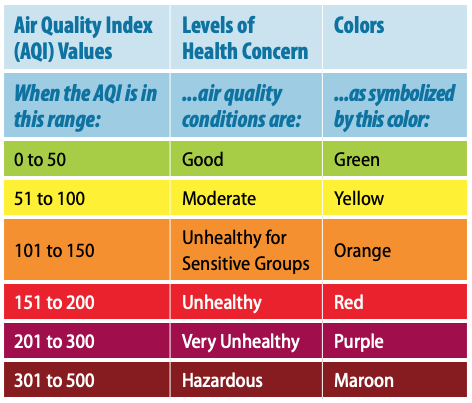Environmental Stressors Can Cause Blindness??
Environmental Stressors Can Cause Blindness??
Say what? Environmental stressors can cause blindness????
Yup.
Let me illustrate this with a story about Billie.
Billie (not her real name) is a young Mum who is super keen to ensure her bubba is safe. She’d heard about 5G and noticed some of the attention it was getting. So she asked Dr Google, she joined FB groups, she sought out information from everywhere.
Out came Protective Mamma Bear.
5G became an obsession. It consumed every available moment between changing nappies, feeding, washing, playing with bubba and sleep…. Well, to be honest, it even started to creep in there too – as she dreamed about #5G.
Billie was so obsessed with 5G that she thought nothing of using her tablet while bubba slept, while it connected to the wi-fi.
The humidifier in bubba’s room that was causing mould to grow on the ceiling didn’t even enter her mind.
The perfume she spritzed on her body and clothes didn’t get a mention.
She was so caught up in the one issue, that she saw nothing else.
Not surprisingly, she was blinded by her obsession with one environmental stressor.
Billie is not alone. Environmental Stressors are Hugely Important
Billie’s story is not unique. I see this time and time again – be it around #SmartMeters, #fragrances, #lead, #mould… any #EnvironmentalStressor.
Whilst it is valid to be informed and proactive, there are quite a lot of issues with this kind of blinkered focus on one thing.
In a nutshell, the issues are:
🤷🏽♂️ There is a lot of mis-information, hype and well-marketed nonsense. As a result, you can end up spending a lot of time and money on unnecessary things
🔎 With all the mis-information, you might end up doing something that could make things worse
🔍 Usually, when my team and I assess homes of people like Billie, we find all sorts of other problems that are much larger issues than the one they are stressing about… the blinkers need to come off to be able to address the bigger picture
And yet, there is much more to this…
It is one small word that has massive ramifications.
🔎 It is #stress 🔎
Stress can cause a whole gamut of problems. It can:
😡 Reduce your ability to #detoxify
😞 Negatively impact your #sleep (and as a result, your mood)
😕 Cause a release of all sorts of chemicals in the body that ultimately reduce your #resilience
AND, this next one is the worst of all, in my opinion.
😔 Stress can cause you to freeze up, become #overwhelmed and take NO action
I believe strongly in taking #empowered action.
There is always something you can do to make a difference.
Even if it feels small, it is enormous!
So, I urge you to keep perspective, to open your heart to the wonderful things in life, and draw inspiration to take empowered action.
One of my favourite recommendations is to put flowering plants in your garden (or balcony). This will help the birds, bees, insects and your loved ones.
Take a moment to imagine how the world would benefit if every single person did this?
🌻🐝🌸🐾💐🦉🌞🦆🌿





